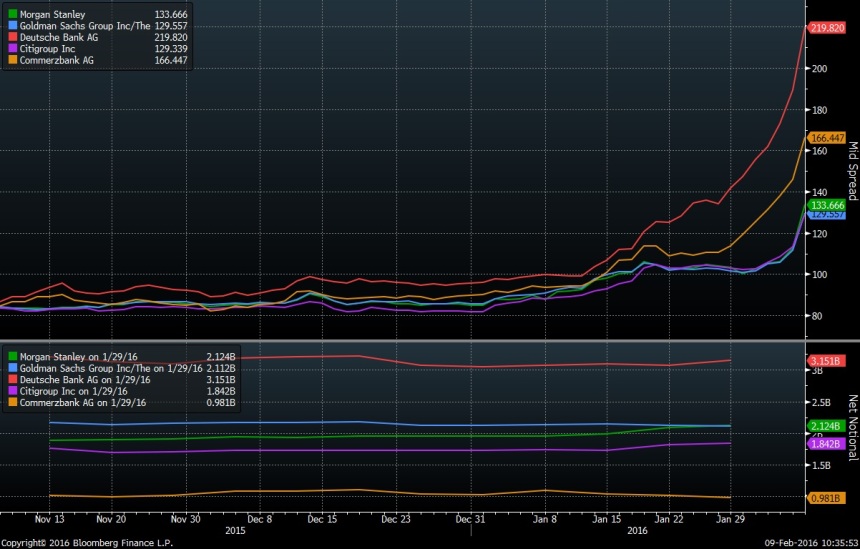Book review: “Quality Investing: Owning the best companies for the long term”

“Quality Investing” is one of the growing number of books from Asset Managment firms where they outline their philosophy. I have reviewed already 2 of them, “Capital Returns” from Marathon Asset Managament and “Simple but not easy” from Oldfield Partners.
“Quality Investing” is about London based AKO Capital Management, a company with currently around 9 bn USD under management. The book itself was written by Lawrence Cunningham, a guy who is often described as a “Warren Buffet” expert.
As the title of the book says, AKO focuses on “High Quality” businesses which they intend to own for the long term. A “High Quality” business in their view is defined as a business which can earn high return on capital for a long period of time. In their view, such companies are often undervalued even if they are more expensive than market averages.
The book then walks through different aspects of how to identify “quality”. According to them they look for:
- Capital allocation (Growth Capex, R&D, M&A, Dividends, buybacks, working capital)
- Return on capital (asset turns, Gross profit margins)
- growth (market share, geograhic expansion, Cyclical growth)
- Management (Discipline, long term orientiation, communication)
- Industry structure (Barriers to entry, Oligopol, rationality, obscurity)
- Customer benefits (intangible, Convenience, customer types)
- Competitive advantages (technology, network effects,distribution
- Revenue type (Recurring, upfront, licenses, service model, subscriptions, network density)
- the “friendly middleman”
- Toll roads (gold standard, “Magic” ingredients)
- Low Price plus (price vs.differentiation,scale, low cost squared)
- Pricing power
- Brand strength (Heritage, Trust & consistency, scale)
- Innovation
- Forward integration (own stores, Franchising, online presence)
- Market share gainers
- Global cpabilities
- Corporate culture (trustworthiness, long term orientation, execution, family ownership)
- Cost to replicate
Companies they like are:
L’Oreal, Diageo, Geberit, Assa Abloy, Handelsbanken, Unilever, H&M, Inditex, Luxottica, Rolls Royce, Atlas Copco, SGS, Intertek, John Deere, Syngenta; Wärtsilä, Kone, Chr. Hansen, Ryanair, Hermés, Novo Nordisk, Nike; Fielmann, Experian
What makes the book authentic is the chapter about “pitfalls” and some case studies where they made mistakes. According to them, the most important pitfalls are
- cyclicality (flow products, customer cyclicality, long period swells)
- technical innovation
- dependency (Government, stakeholder concentration)
- Shifting cutomer preferences (fashion risk, good enough substitutes)
They mention specifically Saipem and Tesco where they lost money and Safilo, Nobel Biocare and Nokia for “quality” companies who fell into those pitfalls.
The final section of the book looks at implementation of a “high quality” strateegy and especially the challenges
- Long term compounding vs short term pressure (short term underperfomance)
- qualitative judgements vs. “big data”
- dull businesses
- Top down mistakes
- overconfidence
- too much debt
- “boiling frog” problem (owning companies for too long if things go bad slowly)
- changes to the market place (Wincor Nixdorf)
- Accounting red flags (Elekta)
- Endowment effect (Emotional connection)
Overall I do think the book is quite good. I would recommend it especially for people who think about migrating from a more “Graham” based approach of value investing to a “Late Buffett/Munger” style.
For those investors who are already deep in “Munger territory”, the book will not present many new ideas but is maybe a good summary of many concepts. The book is also a great basis to build a “Quality check list”.
For me personally the chapters about industry characteristics and customer benefits were most interesting as I haven’t paid a lot attention to this.
Quibbles:
The only quibble I have is that they claim in the books many times that quality companies are not trading a the premium that would be justified. However, they do avoid mentioning anything quantitative, i.e. what premiums they are looking for and how they calculate it.
Of course they need to keep some of their “secret sauce” in order to justify the fees they are charging but as it is the book to me is kind of incomplete. As it is, the book is basically more like a “check list” with explanations than a real “investing book”.
Summary:
As described above, for anyone who wants to get into a more “late Buffett/Munger” style of investing, this is a very good book. Especially if you are looking to build a check list for assesing the quality of companies, this is a great start.
If you look for a “fully fledged” investment book, an important part (valuation) is missing. If I would need to decide between this book and Marathon’s Capital Returns, I think I would go for the latter.

